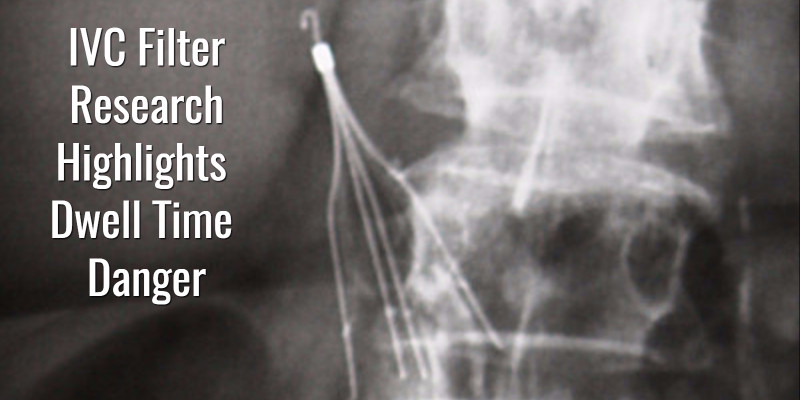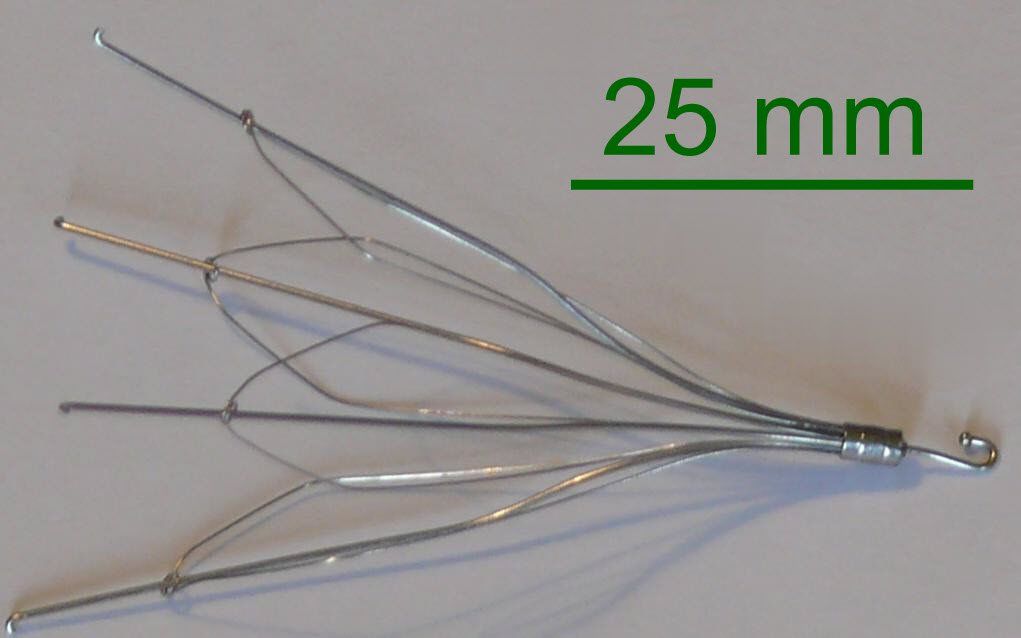
IVC Filter Retrieval: A Longer Dwell Time Means More Risk
Inferior vena cava (IVC) filters have been classed as a potentially hazardous medical device since 2014 when the FDA recommended removing the filter as soon as the minimum required protection period had passed. Now a new study has quantified the risk of delaying IVC filter retrieval.
The news is not good for anyone who has put off this important procedure.
Research led by Kush R. Desai at Northwestern University suggests that seven months is the outer limit for successful retrieval of an IVC filter. After this point, Desai and his research team identified that the likelihood of failure via standard removal techniques rose to almost 41%. More complicated techniques are then required to get the potentially dangerous device out of the patient’s body, each of which comes with its own additional risks.
The team reviewed the outcome of 762 IVC filter retrieval procedures conducted between 2009 and 2015. Of those patients, 137 failed with standard techniques and 18 noted adverse health events associated with the retrieval procedure. Dwell time was cited as the most significant factor in those failures.
Put simply, the longer a filter remains in a body, the more likely that it will be difficult to get out again.
This is significant. Despite the FDA safety alert, medical records suggest that only 9% of patients who have an IVC filter inserted will also have it removed. A combination of limited follow-up and poor communication between the patient and their medical team is to blame for this shocking oversight.
Although the filter is designed to sit inside the body until its job is complete, manufacturers provided no clear indication as to what would happen over months and even years. Beyond its intended use case, the IVC filter has shown the potential to break inside the patient’s body, due to either fatigue or excessive internal movement. In these cases, patients are subject to an increased risk of a bleeding disorder.
At this point, the patient’s quality of life is significantly impacted and the cost of failing to remove the device becomes painfully clear.
Even with the general success of advanced techniques, the added cost and complexity of non-standard IVC filter retrieval make it something all patients should try to avoid. The need to insert an IVC filter to prevent pulmonary embolism (PE) is a risk in its own right. Everyone should be aware of the need to remove this troublesome medical device as quickly as possible.
Once the PE danger has passed, IVC filter retrieval must become a priority procedure. When overlooked, as this research clearly demonstrates, the risk of delay brings its own health concerns with each passing day.



